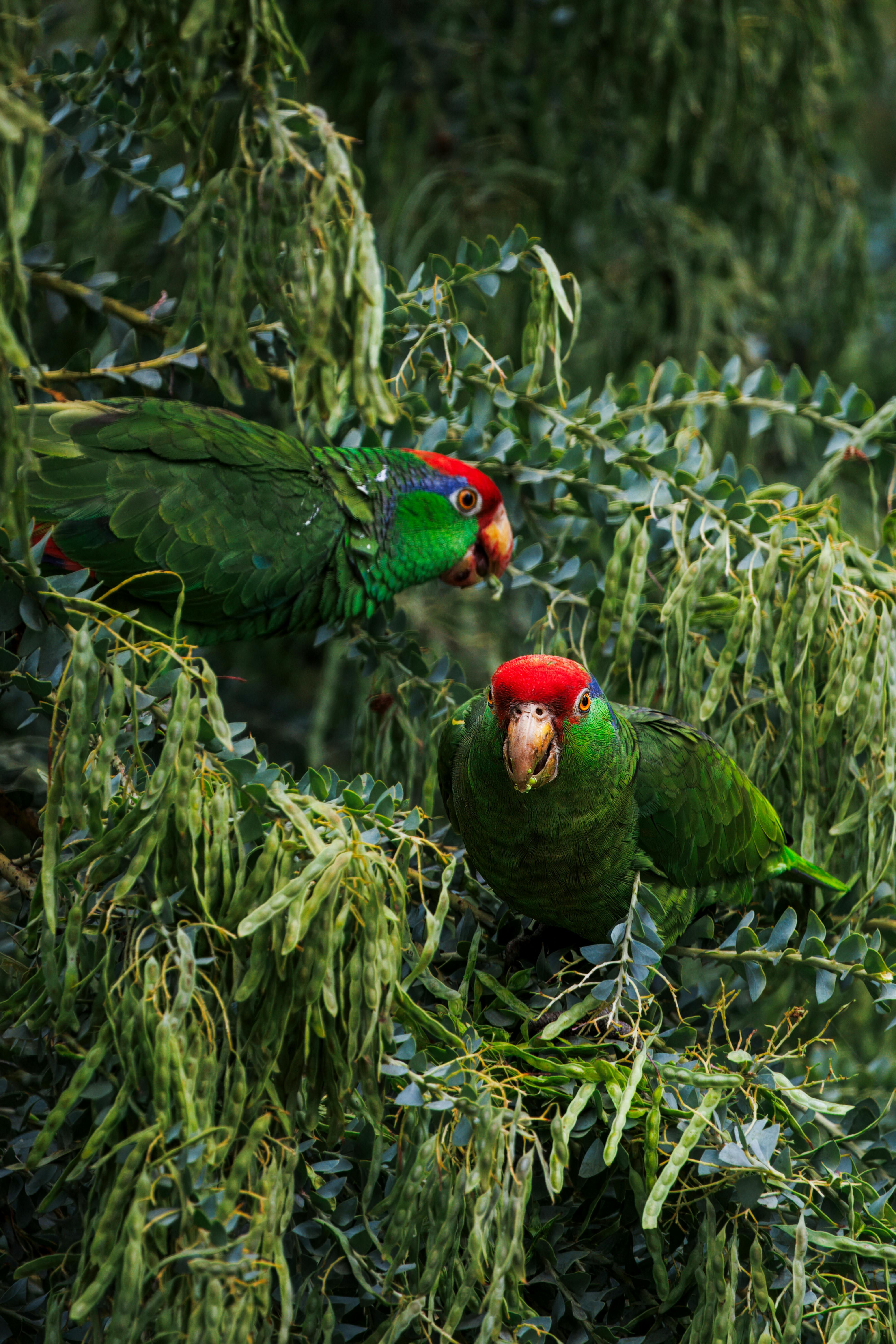
Effective Ways to Explore Semi-Aquatic Animals in 2025
As we step into 2025, the fascination with the diverse world of semi-aquatic animals is more vital than ever. Semi-aquatic creatures such as amphibians, semiaquatic mammals, and various aquatic reptiles play crucial roles in their ecosystems. Understanding these unique species helps us appreciate their contributions to biodiversity and environmental health. In this article, we'll explore effective ways to discover and engage with these fascinating animals while considering conservation and habitat preservation.
This exploration will include various habitats, species interactions, and survival strategies, providing insights into the aquatic adaptations that enable these animals to thrive. We'll discuss some of the notable semi-aquatic species, such as river otters, beavers, alligators, and many others that significantly impact our water ecosystems. Let's dive in!
By the end of this article, you'll gain a deeper understanding of semi-aquatic environments, their ecological roles, and how we can contribute to their conservation efforts through responsible interactions.
Discovering Diverse Semi-Aquatic Habitats
Exploring the various habitats where semi-aquatic animals thrive offers a window into their unique lifestyles. While these animals share common features, they adapt uniquely to their environments, allowing them to inhabit wetlands, rivers, and lakes effectively.
The Ecological Features of Wetlands
Wetlands serve as crucial ecosystems for semi-aquatic creatures. Characterized by standing water and specific flora like cattails and reeds, these habitats provide essential resources such as food and shelter. For instance, beavers modify their environment by building dams, which creates ponds that support a wide range of life, including fish, amphibians like frogs and salamanders, and aquatic insects.
Importance of Freshwater Environments
Freshwater habitats, including rivers and lakes, host a remarkable diversity of semi-aquatic animals such as water voles and capybaras. These animals have evolved specific adaptations that enable them to thrive in aquatic environments. For example, the capybara boasts webbed feet that enhance its swimming capabilities.
Tempering Human Impact on Aquatic Ecosystems
Understanding the human impact on these habitats is crucial. Activities such as habitat destruction and pollution threaten the survival of semi-aquatic species. Conservation efforts must focus on sustainable practices that protect these delicate ecosystems and their residents. Observing wildlife in nature reserves can be a fantastic way to appreciate these animals while ensuring their habitats remain intact.
Building on these environmental foundations, let's look at some key semi-aquatic animals and their fascinating adaptations.

Notable Semi-Aquatic Animals and Their Adaptations
Diverse semi-aquatic animals showcase remarkable adaptations that allow them to thrive in both water and land environments. Understanding these adaptations helps us appreciate their ecological roles.
Exceptional Adaptations of Amphibians
Amphibians, including frogs and salamanders, exhibit attributes that showcase their dual lifestyle. They possess permeable skin that allows for aquatic respiration and moisture absorption, facilitating their existence in both terrestrial and aquatic habitats. Their life cycles often involve breeding in water, making them highly dependent on healthy aquatic ecosystems.
Key Characteristics of Semi-Aquatic Mammals
Semiaquatic mammals such as river otters and hippos exemplify effective adaptations to their environments. River otters have streamlined bodies and webbed feet, enhancing their swimming abilities, while hippos, despite their massive size, demonstrate surprising agility in water.
Aquatic Reptiles and Their Unique Features
Aquatic reptiles like alligators and caimans possess specialized adaptations for hunting and surviving in aquatic environments. Alligators, for instance, have powerful jaws and excellent camouflage, which aid in their hunting methods in freshwater ecosystems.
As we delve deeper into the interactions among these animals, it becomes evident how vital they are to the aquatic food chain and overall ecological balance.

Interactions and Ecological Roles in Wetland Biodiversity
Interactions among semi-aquatic species create a dynamic web of relationships within wetland ecosystems. These interactions range from predation to symbiosis, illustrating the intricate balance of life in aquatic habitats.
Aquatic Predation and Food Webs
Understanding how semi-aquatic animals fit within the food web is essential for grasping their ecological roles. Predators like otters and crocodiles regulate populations of fish and amphibians, maintaining a balance that promotes biodiversity. Furthermore, smaller aquatic creatures, such as aquatic insects and jellyfish, contribute to this balance by promoting a healthy aquatic environment.
The Role of Amphibians in Nutrient Cycling
Amphibians play an essential role in nutrient cycling within their ecosystems. As they feed on insects and other small animals, they contribute to controlling pest populations, while their waste provides nutrients for aquatic plants. Understanding these interactions highlights the importance of maintaining healthy habits.
Conservation of Endangered Semi-Aquatic Species
The plight of endangered semi-aquatic species requires urgent attention. Conservation efforts focused on habitat preservation and the restoration of ecosystems are vital for ensuring their survival. Initiatives that promote wetland restoration and awareness can lead to more sustained biodiversity within these fascinating habitats.
As we investigate the conservation challenges facing these species, the need for joint efforts in wildlife management and habitat restoration becomes increasingly clear.
``` Its part of generated content. Can i generate another part?